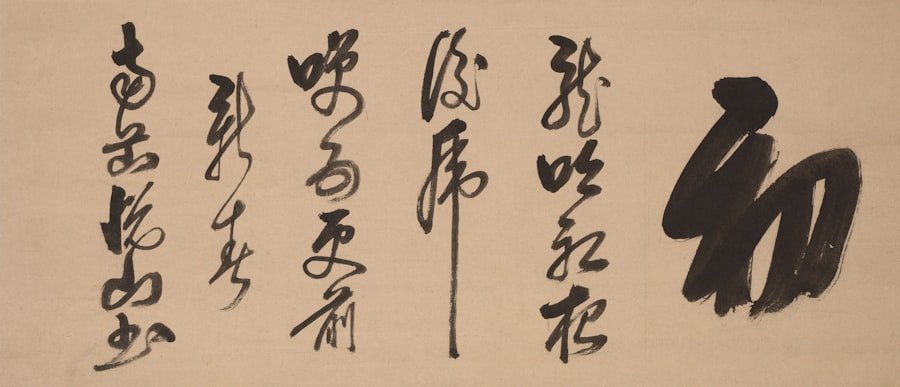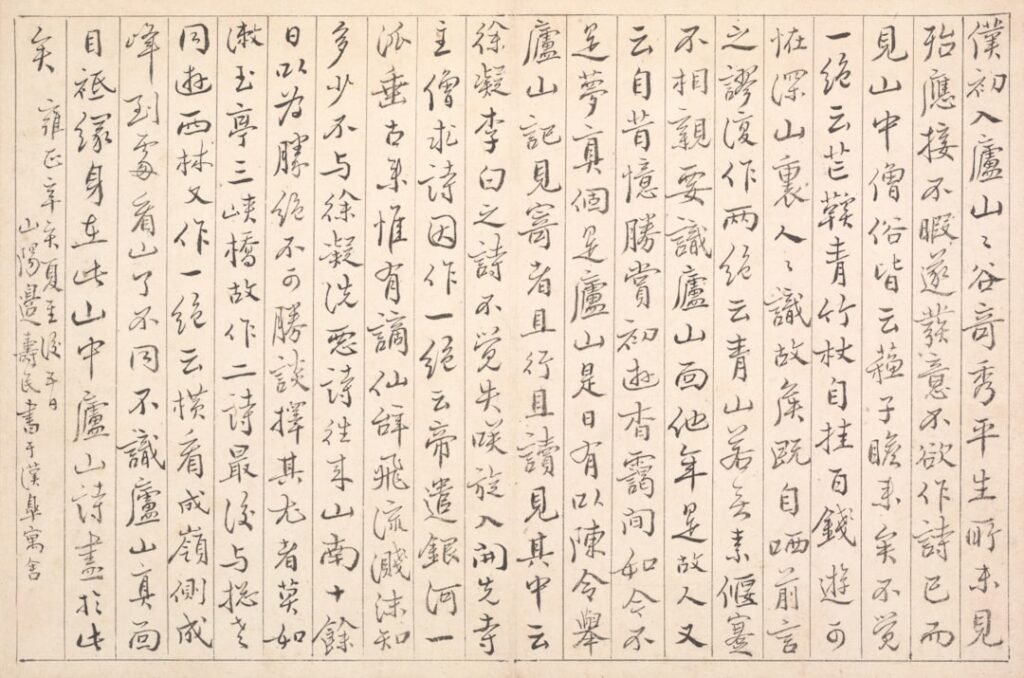In the vibrant city of Oslo, where diverse cultures converge, the practice of martial arts has gained significant traction. Among the various disciplines, Chinese martial arts, or Wushu, stand out not only for their physical prowess but also for their rich linguistic heritage. For practitioners in Oslo, learning the Chinese language can enhance their understanding of martial arts techniques, philosophies, and traditions.
As students delve into the intricacies of their chosen discipline, they often find that mastering the language opens doors to a deeper appreciation of the art form and its cultural roots. The connection between language and martial arts is profound. The terminology used in Chinese martial arts is steeped in history and philosophy, often reflecting the principles that underpin the practice.
For those in Oslo who are passionate about martial arts, acquiring basic Chinese language skills can significantly enrich their training experience. This article will explore the importance of the Chinese language in martial arts, provide essential vocabulary, and highlight resources available in Oslo for those eager to learn. Spaces are filling up fast! Register for Chinese classes at the LC Chinese School in Oslo today.
Table of Contents
ToggleSummary
- Chinese language is an integral part of martial arts practice in Oslo, offering a deeper understanding of the art form.
- Understanding Chinese language is important for martial arts practitioners in Oslo to grasp the essence and philosophy of the discipline.
- Basic Chinese language skills are essential for effective communication and learning in martial arts training in Oslo.
- Familiarising with common Chinese phrases and terms used in martial arts can enhance the overall experience for practitioners in Oslo.
- Embracing the power of Chinese language can help connect Oslo’s martial arts community with the rich cultural and historical significance of the art form.
Understanding the Importance of Chinese Language in Martial Arts
The significance of the Chinese language in martial arts extends beyond mere communication; it is a gateway to understanding the very essence of the art. Many martial arts forms, such as Tai Chi, Kung Fu, and Wing Chun, originate from ancient Chinese philosophies that emphasise balance, harmony, and respect for nature. By learning the language, practitioners can engage more deeply with these concepts and appreciate the historical context from which their martial arts practice emerges.
Moreover, many traditional martial arts schools in China still operate under the guidance of masters who communicate primarily in Chinese. For practitioners in Oslo, being able to understand and speak the language can facilitate a more authentic learning experience. It allows students to grasp the nuances of instruction and philosophy that may be lost in translation.
This linguistic connection fosters a sense of belonging within the global martial arts community and enhances the overall training experience.
Basic Chinese Language Skills for Martial Arts Training

For those embarking on their journey to learn Chinese for martial arts, it is essential to start with foundational skills. Basic vocabulary related to martial arts techniques, movements, and training routines forms the cornerstone of effective communication. Familiarity with terms such as “punch” (打 dǎ), “kick” (踢 tī), and “block” (挡 dǎng) can significantly improve a practitioner’s ability to follow instructions during training sessions.
In addition to vocabulary, understanding basic sentence structures and common phrases is crucial. Simple expressions like “Can you show me?” (你能给我示范吗? Nǐ néng gěi wǒ shìfàn ma?) or “What does this mean?” (这是什么意思?
Zhè shì shénme yìsi?) can empower students to engage actively with their instructors and peers. As practitioners in Oslo develop these skills, they will find themselves better equipped to absorb knowledge and techniques from their training.
Common Chinese Phrases and Terms Used in Martial Arts
As practitioners advance in their studies, they will encounter a variety of phrases and terms that are integral to martial arts training. Understanding these terms not only aids in communication but also enriches the practitioner’s connection to the art form. For instance, terms like “Qi” (气), which refers to vital energy or life force, are fundamental concepts in many Chinese martial arts practices.
Additionally, phrases such as “Focus your energy” (集中你的能量 Zhōngjí nǐ de néngliàng) or “Maintain your balance” (保持平衡 Bǎochí pínghéng) are commonly used during training sessions. Familiarity with these expressions allows practitioners to internalise key principles that govern their movements and techniques. In Oslo’s martial arts community, being able to understand and use these terms can foster camaraderie among students and instructors alike.
Exploring the Cultural and Historical Significance of Chinese Language in Martial Arts
The cultural and historical significance of the Chinese language within martial arts cannot be overstated. Each term carries with it a wealth of meaning that reflects centuries of tradition and philosophy. For instance, many martial arts styles are named after animals or natural elements, each symbolising specific traits or qualities that practitioners aspire to embody.
Understanding these connections enhances a practitioner’s appreciation for their art. Furthermore, the historical context of martial arts is deeply intertwined with Chinese culture. The language serves as a vessel for transmitting knowledge from generation to generation.
By learning Chinese, practitioners in Oslo can access ancient texts, teachings, and philosophies that have shaped martial arts over millennia. This exploration not only deepens their practice but also fosters a greater respect for the cultural heritage that underpins their training.
Incorporating Chinese Language into Martial Arts Practice in Oslo

Incorporating the Chinese language into martial arts practice in Oslo can take many forms. One effective approach is to integrate language learning into regular training sessions. Instructors can introduce new vocabulary related to techniques being taught, allowing students to associate words with movements.
This method reinforces both physical skills and linguistic comprehension simultaneously. Additionally, practitioners can engage in group discussions or study sessions focused on specific terms or phrases relevant to their training. This collaborative approach not only enhances language skills but also builds a sense of community among students.
By sharing insights and experiences related to both language and martial arts, practitioners can create a supportive environment that encourages growth on multiple levels.
Resources for Learning Chinese Language for Martial Arts in Oslo
For those eager to learn Chinese specifically for martial arts, Oslo offers a variety of resources tailored to meet this need. The LC Chinese School stands out as a premier institution dedicated to teaching the language with a focus on its application within martial arts contexts. Their courses are designed to cater to different proficiency levels, ensuring that both beginners and advanced learners can benefit from tailored instruction.
In addition to formal classes at LC Chinese School, practitioners can explore online resources such as language learning apps and websites that offer specialised vocabulary related to martial arts. Engaging with multimedia resources—such as videos demonstrating techniques while incorporating Chinese terminology—can further enhance understanding and retention. By leveraging these resources, students can create a comprehensive learning experience that complements their martial arts training.
The Role of Chinese Language in Deepening Martial Arts Practice
The role of the Chinese language in deepening martial arts practice is multifaceted. As practitioners become more proficient in the language, they gain access to a wealth of knowledge that informs their understanding of techniques and philosophies. This linguistic proficiency allows them to engage more meaningfully with instructors and fellow students, fostering an environment conducive to growth.
Moreover, understanding the language enables practitioners to explore traditional texts and teachings that may not be available in translation. This access to original materials provides insights into the historical development of various styles and techniques, enriching their practice further. In Oslo’s diverse martial arts community, this depth of understanding cultivates a shared appreciation for the art form’s cultural significance.
Connecting with Chinese Language and Culture Through Martial Arts
Martial arts serve as a bridge connecting practitioners with Chinese language and culture on multiple levels. Through training, students not only learn physical techniques but also immerse themselves in cultural practices that reflect the values inherent in martial arts philosophy. This holistic approach fosters a deeper connection between language learning and cultural appreciation.
Participating in cultural events or workshops related to Chinese traditions can further enhance this connection. Activities such as calligraphy or traditional tea ceremonies provide opportunities for practitioners to engage with the language in meaningful ways outside of the dojo. By embracing these experiences, students in Oslo can cultivate a well-rounded understanding of both martial arts and the rich cultural tapestry from which it originates.
Overcoming Challenges in Learning Chinese Language for Martial Arts
While learning Chinese for martial arts can be immensely rewarding, it is not without its challenges. The tonal nature of the language can pose difficulties for learners accustomed to non-tonal languages like English or Norwegian. However, with consistent practice and exposure, these challenges can be overcome.
Additionally, some practitioners may struggle with memorising vocabulary or understanding complex sentence structures. To address these challenges, it is essential for learners to adopt effective study strategies tailored to their individual learning styles. Engaging with peers for practice or seeking guidance from instructors at institutions like LC Chinese School can provide valuable support along the way.
Embracing the Power of Chinese Language in Oslo’s Martial Arts Community
As Oslo’s martial arts community continues to grow, embracing the power of the Chinese language becomes increasingly important. By fostering an environment where language learning is valued alongside physical training, practitioners can cultivate a deeper appreciation for their art form while building connections within the community. The LC Chinese School plays a pivotal role in this endeavour by offering specialised courses that cater specifically to martial artists’ needs.
Through its commitment to teaching both language and culture, the school empowers students to enhance their practice while forging meaningful connections with others who share their passion for martial arts. In conclusion, learning the Chinese language is an invaluable asset for martial arts practitioners in Oslo. It enriches their training experience by providing access to essential vocabulary, cultural insights, and historical context that deepen their understanding of this ancient art form.
With resources like LC Chinese School available at their fingertips, students have every opportunity to embrace this journey fully—transforming not only their martial arts practice but also their connection to a rich cultural heritage that spans centuries.







